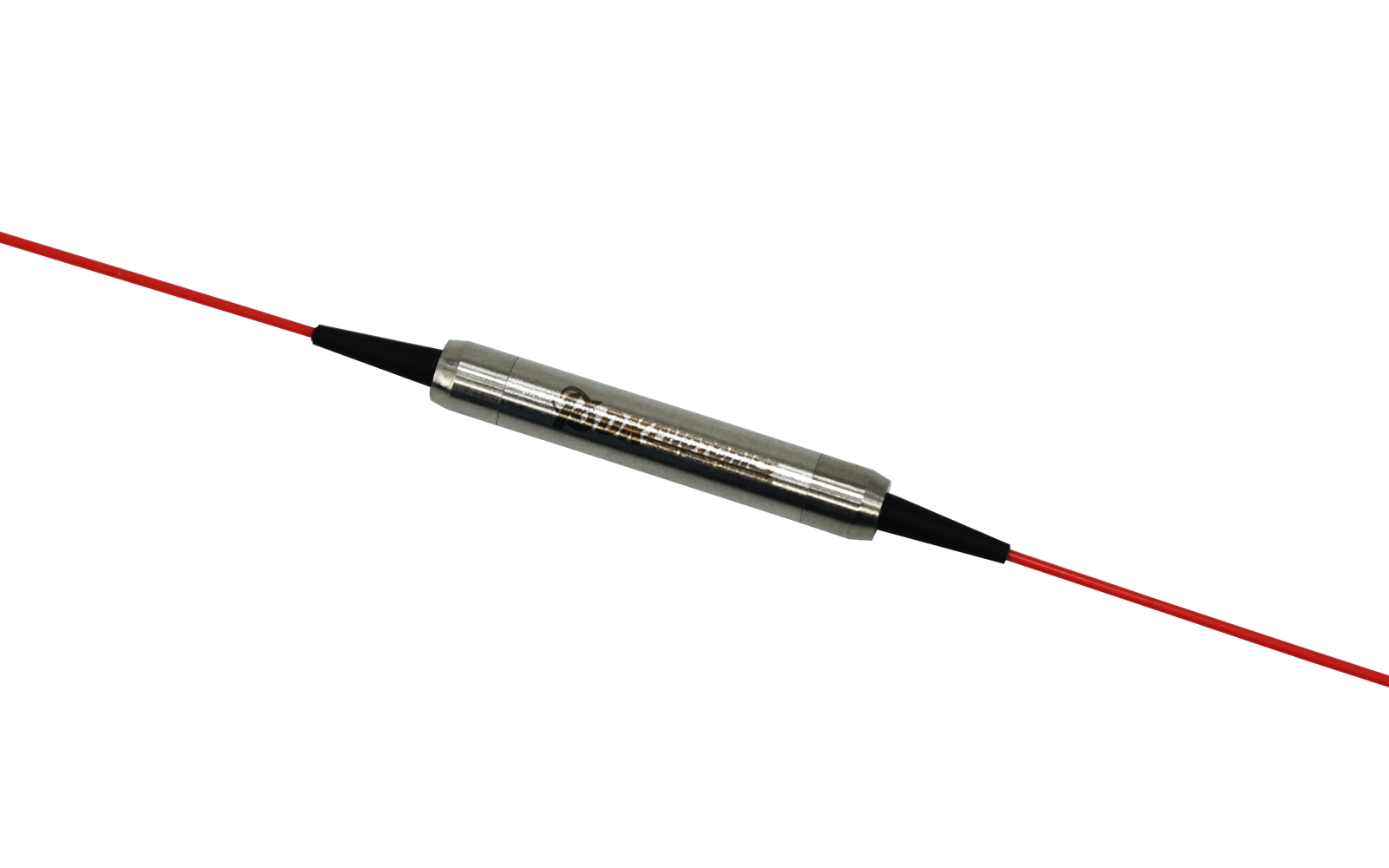Light is a form of electromagnetic wave. It is made of electrical and magnetic fields that oscillate. While you can define light and its effects in terms of the magnetic field, it is easy to characterize its qualities by examining its electrical field.

Light waves can vibrate in different directions. Polarized light is a light that vibrates in just one direction — in a single plane, such as up and down. Unpolarized light is a light that vibrates in more than one direction — in more than one plane, such as up/down and left or right.
How to Obtain Single Polarization?
A polarization filter is the most common way to achieve single polarization. These filters are built of unique materials that can block one of an electromagnetic wave’s two vibrational planes.
A polarization filter is a device that filters out half of the vibrations transmitted through a filter as light passes through it. When unpolarized light passes through a polarization filter, it becomes polarized light, which has half the intensity and vibrates in a single plane.
What is Polarization Maintaining Fiber?
A polarization-maintaining fiber (PM Fiber) is a form of single-mode fiber that maintains polarization. Single-mode fibers can convey polarized light that is randomly polarized. However, PM fiber is designed to transmit one polarization of input light.
The polarization of linearly polarized light waves sent into the fiber is maintained throughout propagation in polarization-maintaining fiber, with little or no cross-coupling of optical power between the polarization modes.
This polarization-maintaining characteristic is critical for some fiber optic components that demand polarized light input, such as external modulators. This property is acquired by creating stresses in the material during the production process. Linear polarization-maintaining fiber (LPMF) and circular polarization maintaining fiber (CPMF) are the two types of polarization-maintaining fiber available.
Applications of Polarization Maintaining Fibers
- Fiber optic sensing, interferometry, and slab dielectric waveguides are just a few of the applications for PM optical fibers.
- PM fibers can be used in coherent and long-distance bidirectional optical transmission systems.
- They can also be employed in transmission applications where the polarization plane of the optical signal is critical, such as optical sensor transmission lines and optical-electrical integrated circuit coupling.
- PM fibers are used in lithium niobate modulators, Raman amplifiers, and other polarization-sensitive devices to keep the incoming light polarized and minimize cross-coupling between polarization modes.
What Limits the Performance of PM Fibers?
PM fiber guides light in a linearly polarized form from one location to another in the most typical optical fiber telecommunications applications. It is crucial to meet several requirements to attain this result. In order to avoid launching both slow and fast axis modes, the input light must be highly polarized, resulting in an unpredictable output polarization state.
For the same reason, the electric field of the input light must be precisely aligned with a principal axis (the slow axis by industry convention) of the fiber. The rotational alignment of the joining fibers is crucial if the PM fiber line comprises segments of fiber linked by optical connectors or splices.
Lastly, connectors on PM fibers must be positioned in such a way that internal tensions do not allow the electric field to be projected onto the fiber’s undesired axis.